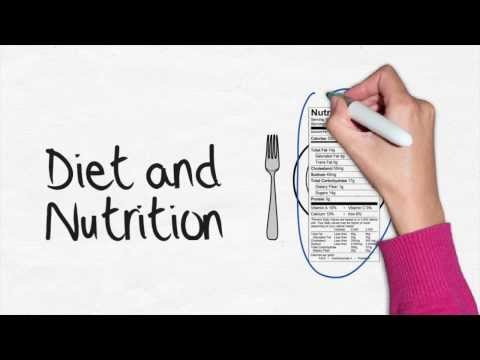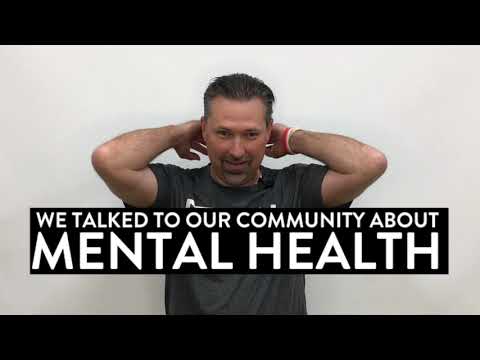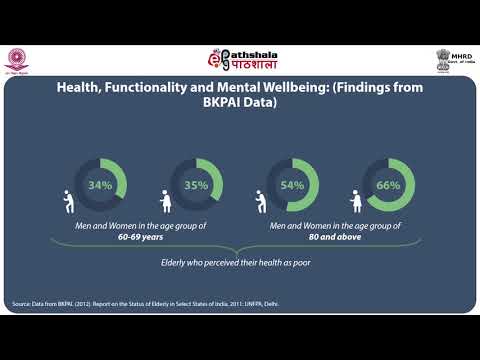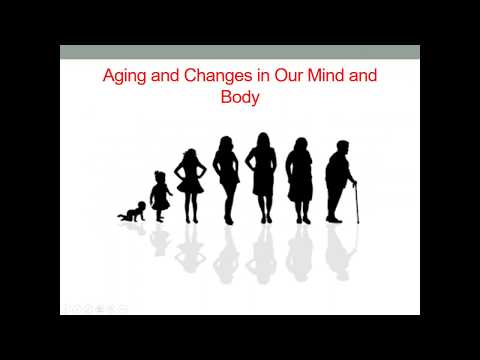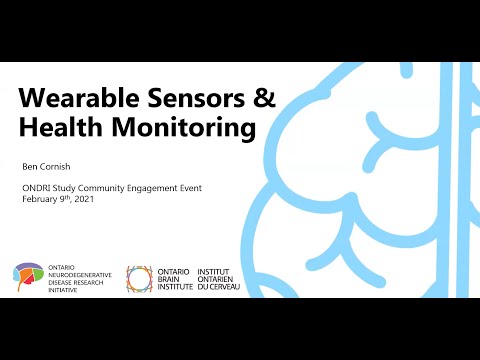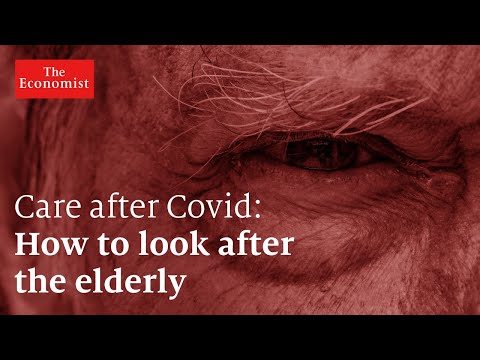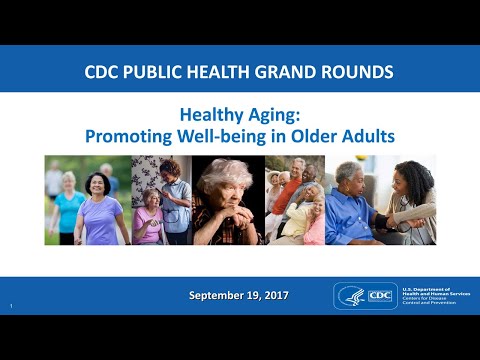Health Promotion for the Elderly: What Works and What Doesn’t
Contents
- Introduction
- What is health promotion?
- What are the benefits of health promotion for the elderly?
- What types of health promotion activities are most effective for the elderly?
- How can health promotion be tailored to the needs of the elderly?
- What are the challenges of implementing health promotion for the elderly?
- What are the key considerations for designing effective health promotion programs for the elderly?
- Conclusion
- References
This blog post looks at different types of health promotion activities that are effective for the elderly population and those that are not effective.
Checkout this video:
Introduction
The elderly population is one of the most vulnerable groups in society. They are more likely to experience chronic health problems and to have difficulty accessing healthcare. This makes them more susceptible to health problems, and means that they require specialised care and attention.
There is a great deal of research into what works and what doesn’t when it comes to health promotion for the elderly. This article will provide an overview of some of the key findings.
One of the most important things to remember when promoting health among the elderly is that they are not a homogeneous group. There are a number of different sub-groups, each with their own specific needs and preferences. It is important to tailor health promotion strategies to fit the individual, rather than taking a one-size-fits-all approach.
Some common conditions that affect the elderly include:
-Chronic diseases such as heart disease, stroke, cancer, and diabetes
–mental health problems such as anxiety and depression
-Dementia
-Frailty
-Incontinence
What is health promotion?
The World Health Organization (WHO) defines health promotion as “the process of enabling people to increase control over their health and its determinants, and thereby improve their health.”
There are a variety of approaches to health promotion, but they all share the same goal: to improve the overall health of a population. Health promotion programs are designed to address the needs of specific populations, and they often target specific risk factors for chronic disease.
Some common interventions used in health promotion programs include education, counseling, and policy changes. Education can help people make informed choices about their health, and counseling can provide support and guidance on making lifestyle changes. Policy changes can create an environment that supports healthy behavior, such as making healthy food options available or increasing access to physical activity opportunities.
Successful health promotion programs are tailored to the needs of the population they serve. They use a variety of evidence-based strategies, and they are typically implemented at multiple levels (individual, organization, community, and societal).
What are the benefits of health promotion for the elderly?
Health promotion is important for the elderly population for a number of reasons. Firstly, promoting healthy habits can help to prevent or delay the onset of chronic diseases such as heart disease, stroke, cancer, and Diabetes. Secondly, it can help to improve the quality of life for those who are already living with chronic conditions. Finally, health promotion can help to reduce the costs associated with healthcare for the elderly population.
There is a great deal of evidence to support the effectiveness of health promotion activities for the elderly population. For example, a recent systematic review found that interventions aimed at promoting physical activity had positive effects on measures of physical activity levels, functional ability, mental health and quality of life (1). Another systematic review found that interventions aimed at improving diet had positive effects on measures of diet quality and intake of fruit and vegetables (2).
Despite the evidence in favor of health promotion activities for the elderly population, there are a number of barriers that can prevent these activities from being implemented effectively. For example, many elderly people live in retirement communities or nursing homes where they may not have access to the necessary resources (e.g., exercise equipment or healthy food options). Additionally, many elderly people have chronic illnesses that make it difficult to participate in physical activity or follow a healthy diet. Finally, there is a lack of awareness among both healthcare providers and the general public about what types of health promotion activities are effective for this population.
What types of health promotion activities are most effective for the elderly?
There is no easy answer when it comes to promoting health among the elderly. However, experts agree that a combination of physical activity, educational opportunities, and social engagement is likely to be most effective.
Physical activity is important for maintaining mobility, flexibility, and balance. It can also help to reduce the risk of falls and other injuries. Educational opportunities help the elderly to stay engaged with the world around them and can keep their minds sharp. Social engagement helps to combat isolation and loneliness, two common problems among the elderly.
There are many different ways to promote health among the elderly. It is important to tailor activities to the individual, as not all activities will be suitable for all individuals. It is also important to consider the support available, as some activities may require more assistance than others.
How can health promotion be tailored to the needs of the elderly?
As our population aged, more attention has been given to the promotion of health in the elderly. This is not surprising given that the elderly are more likely to suffer from chronic diseases and to have multiple health problems.
Health promotion for the elderly must take into account the fact that older adults are more likely to be sedentary, to have poor nutrition, and to be at risk for falls. Older adults also have more difficulty hearing and seeing, which can make it difficult for them to stay active and engaged in their surroundings.
There are many ways to promote health in the elderly, but some methods are more effective than others. One of the most effective ways to promote health in older adults is through physical activity. Physical activity can help reduce the risk of chronic diseases such as heart disease, stroke, and diabetes. It can also help improve mental health reduce falls, and improve functional ability.
Health promotion for the elderly must also take into account their social needs. Social interaction is important for preventing isolated and promoting positive mental health The elderly are also at risk for depression and anxiety, so it is important to provide opportunities for social interaction. One way to do this is through senior centers or other clubs and activities specifically designed for older adults.
It is also important to provide information about health risks and how to prevent them. Health education can help older adults make informed decisions about their health care Many times, older adults do not know about steps they can take to prevent diseases such as pneumonia or influenza. They also may not be aware of problems that can arise from taking multiple medications or from not taking medications as prescribed.
Finally, it is important to remember that each individual is different and that what works for one person may not work for another. What is most important is to tailor the approach to meet the needs of the individual.
What are the challenges of implementing health promotion for the elderly?
There are a number of challenges associated with implementing health promotion for the elderly. Firstly, the elderly are often reluctant to change their behavior, and may be resistant to adopting new health habits. Secondly, the elderly population is often more frail and susceptible to chronic diseases, which can make it difficult to implement health promotion programs that focus on lifestyle change. Finally, the elderly are often living in isolated environments, which can make it difficult to reach them with health promotion messages.
What are the key considerations for designing effective health promotion programs for the elderly?
There are a number of key considerations to take into account when designing effective health promotion programs for the elderly. First, it is important to understand the needs and preferences of this target population. What motivates them? What do they perceive as barriers to leading healthy lifestyles? Second, program components should be tailored to meet the unique needs of older adults. For example, promoting physical activity among the elderly may require different approaches than for other age groups. Finally, given that many chronic diseases have a long latency period, it is important to design programs that focus on prevention and early detection/intervention.
Conclusion
In conclusion, health promotion for the elderly is a complex and ever-changing field. What works for one individual may not work for another, and what works at one stage of life may not be effective at another stage. However, there are some general principles that can guide health promotion efforts for the elderly. These include a focus on overall wellness rather than specific illness prevention, a focus on maintaining independence and social engagement, and a tailored approach that takes into account the unique needs of each individual.
References
A number of well-designed studies have shown that health promotion activities can improve the health of the elderly. However, some types of interventions are more effective than others.
Interventions that have been shown to be effective in promoting the health of the elderly include:
-Exercise programs
-Nutrition education
-Healthy lifestyle education
-Disease prevention education
-Stress management programs

